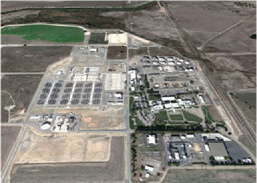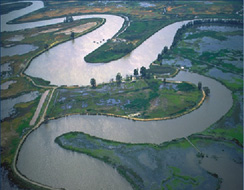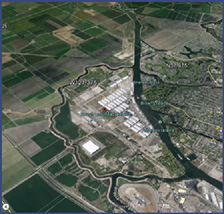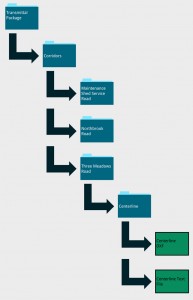An ACEC-CA Company Profile: Shannon & Wilson

![]()

Elk Grove, CA
Shannon & Wilson is a full-service, nationally recognized leader in providing geotechnical, geologic, and environmental services. Since 1954, public agencies, private corporations, and design firms have turned to us for solutions to their most pressing project issues and challenges. Committed to serving California, Shannon & Wilson has offices in Sacramento and Los Angeles, and nearly 300 staff nationwide. We provide services for design and construction of facilities and infrastructure for the energy, federal, industrial, rail, transportation, and water/wastewater market sectors. Selected local project examples include:

Sacramento-San Joaquin River Delta
To support SRCSD’s $2 billion plant expansion to discharge cleaner water to the Sacramento River, Shannon & Wilson completed geotechnical and groundwater studies for the Biological Nutrient Removal and Flow Equalization basins, Nitrifying Sidestream Treatment and other facilities. Key considerations were dewatering and the stability of a Project levee along one side of the 60-acre equalization basins to be deepened 7-8 feet. We are modeling groundwater across the 2,600 acre site to evaluate potential dewatering effects between adjacent construction projects and other well programs.

The California Delta Stewardship Council recently selected Arcadis and their team to develop a Delta Levees Investment Strategy for the Sacramento-San Joaquin River Delta in Northern California. Shannon & Wilson is helping to develop the methodology to prioritize state investments for Delta levee operation, maintenance, and improvements. We are applying geotechnical risk analysis methods to estimate expected annual flood damages with and without investments.
As part of DWR’s Urban Levee Evaluation program, Shannon & Wilson analyzed levee stability, seepage, erosion, and seismic characteristics for the Rough & Ready Island Study Area in Stockton, CA, and are developing remedial alternatives and performing analyses of remediated conditions.
CONTACT:
Ted Hopkins, CEG / 916-438-2301 / twh@shanwil.com
www.shannonwilson.com



